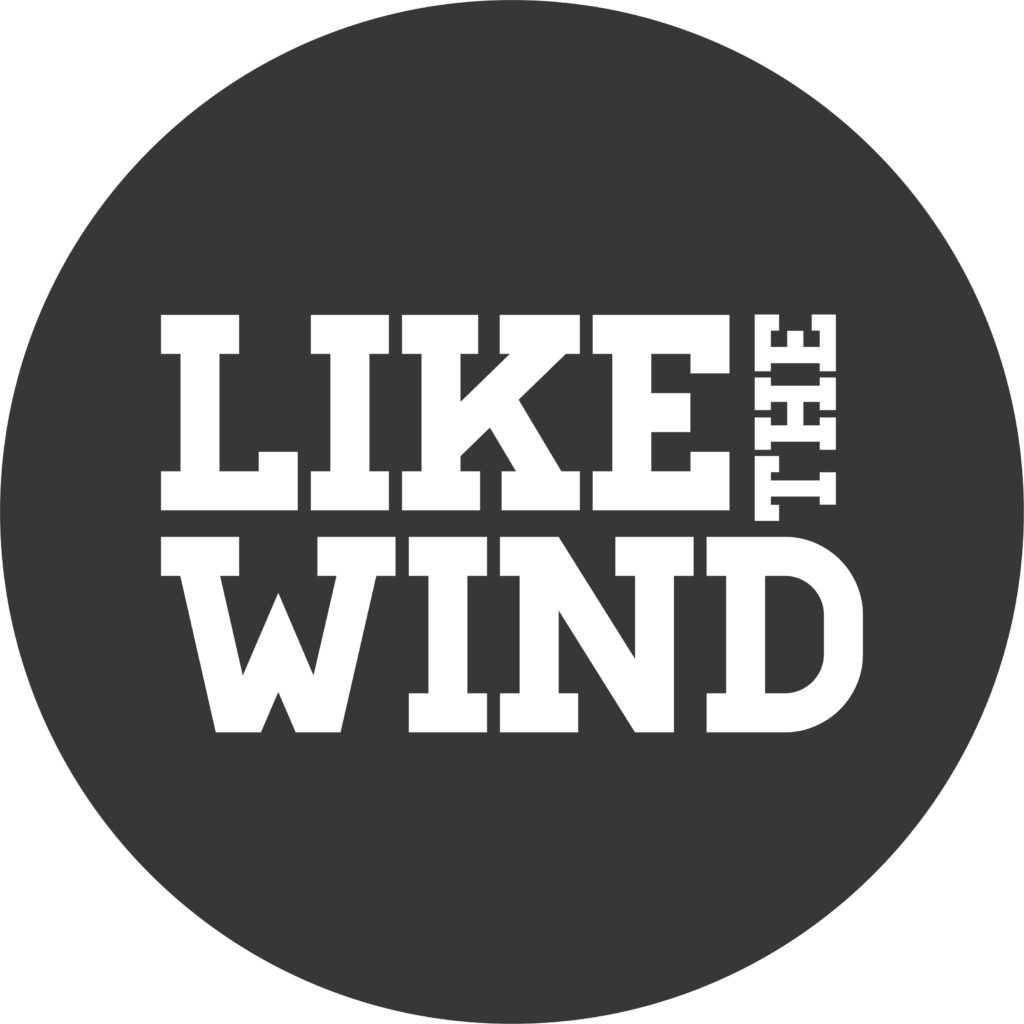by Julie Freeman
First published in Like the Wind magazine #35.
Stephen Lund has drawn a giraffe.
In a very funny TEDx talk, the cyclist explains why anyone would be forgiven for thinking the artwork had actually been made by a four-year-old and should be taped to a fridge door. It’s a little rough around the edges, after all. However, look closer and a set of small numbers printed next to it give us its scale: not in inches, but in kilometres and miles, hours and days – and sometimes involving Everest-like elevation.
Welcome to the sometimes crazy, always creative, world of GPS art – the wriggly, child-like drawings created by human feet and wheels and recorded on GPS tracking apps.
This sort of art is not new: in 1975, artist Richard Long drew a circle on a map and, during the course of six days, walked every road and lane within it. From this, he created a physical artwork, which is on display at London’s Tate Modern gallery. “This style of art is now called ‘Burbing’… ie covering all roads within a suburb,” explains Gary Cordery, a GPS art enthusiast who founded the strava.art website and Instagram page, which curate GPS art uploaded to the Strava platform. Wearable technology and its built-in route visualisation have democratised the practice.
The more modern, technologically-supported GPS art sometimes starts by chance, with a random route ending up depicting a vaguely recognisable animal or object on the screen after the runner has finished. “As a lifelong avid runner, it was exciting to so easily track my runs with this new technology,” notes distance runner Lenny Maughan. “I noticed some of my runs turned out to look like a rough shape of something; other runners were also commenting on how their run looked a little bit like a dinosaur or a rabbit or whatever, and some were taking it a step further by planning a run to result in a certain shape.”
This fascinated Lenny, not just from a running perspective but because he has always had artistic leanings and “easily sees patterns in randomness – something called ‘pareidolia’”. Since his first GPS drawing in March 2015, Lenny has created a new artwork every month.
For Stephen Lund, “GPS art opens up ‘creativity’ to anyone with a GPS device and a means of getting around – a bike, a scooter, a pair of running shoes…. “My ‘art’ evolved rapidly through a willingness to experiment, explore, blunder, go back to the drawing board, persist and, above all, get over the notion that I’m not very good at drawing things,” he says on his blog about ‘GPS doodles’.
The route to creation
More often than not, GPS drawings are meticulously plotted – and one of the keys is to go long. Mostly running in his grid-like San Francisco home town, Lenny explains that “as with most art, getting the eyes right is key. When I have an eye to draw, I either run around one or three city blocks, or, if I can do it in a park or open field, I can really fine-tune the eyes.”
Meanwhile, in the mountains of Norway, professional trail runner Anders Kjærevik jumps over miles of natural obstacles to stay as true to his intended design as possible, without compromise. “My drawings are 99 percent off-road in quite challenging and impossible terrain,” he explains. “My goal is to plan a possible route that I need to follow by the metre, through all kinds of obstacles. Then [I] just follow the arrow through bushes, cliffs, rivers etc [laughs]. I’m really proud of my eagle, even if it was one of the easiest and [most] impulsive I made.”
Eagle by Anders Kjærevik
The run over 25.1km and 2,304m elevation took 6h15m24s to ‘draw’ by running through the Norwegian mountains.
Other GPS artists are more precise. In Brazil, Gustavo Lyra practices a more fluid style — on a smaller scale – by running on sand dunes, which offer a blank canvas devoid of obstacles. His love for maps and experimentations with GPS art led him to become “one of the developers of the maps of North-Eastern Brazil for Garmin GPS. It was a free job, but I did it for love.” After we contacted him for an interview, Gustavo unprompted plotted and ran the Like the Wind logo with friends Valentina Damasceno and Allan Carlos over 10km of sand dunes.
Gustavo Lyra plotted and ran the Like the Wind logo with friends to demonstrate the making of GPS art. Thanks a lot guys!
Inspiration through perspiration
Popular culture motivates many GPS artists. For example, the thirtieth anniversary of the release of Nirvana’s Nevermind album in 2021 prompted Adelaide-based Pete (@pete.the.r4bbit) to draw the iconic album cover baby. The death of footballing legend Pelé in December triggered Gustavo Lyra to create a portrait in the sand. Every year, “Star Wars Day” [May the fourth be with you] inspires a whole heap of artworks based on the movie franchise.
Inspiration also comes from the news: the roll-out of Covid-19 vaccines saw artists creating syringes, while the Black Lives Matter movement inspired a series of raised fists.

Although not everyone thinks current affairs are a prompt. “Since this growing collection is going to stay around for a very long time,” says Lenny Maughan, “I avoid ‘timely’ or ‘topical’ ideas in favour of timeless, enduring images.” His own drawing of Frida Kahlo’s portrait was not prompted by a milestone, but rather by his love for the Mexican artist’ body of work.
Kahlo’s portrait by Lenny’s Frida
Lenny Maughan ran this portrait of Friday Kahlo in his own town of San Francisco. The portrait was drawn over 31.7mi and took 6:25:32 hours for Lenny to run.
Some GPS artists use their drawings to draw attention to causes dear to their heart. London-based Jeric Yuen raises money for spinal cord injury research with his imagery of mostly animals, while Marc from Sheffield drew a rhino for World Rhino Day and has also used his art to raise money for prostate cancer research.
According to Gary Cordery, who has sifted through thousands of artworks submitted to his website, “the last few years has seen hundreds of artworks depicting Covid-19, the NHS, Ukraine, Iran etc. There’s a lot more written messages as well, from wishing people ‘Happy Birthday’ to advising us which way to vote!”
For Gustavo, the plotted route acts almost as a coach: “The design on the GPS serves as a great incentive for me to complete a certain distance. In other words, it’s like there’s a coach saying when I should stop or continue. I often finish totally burned out, but it’s worth it!” Gustavo is also inspired by more traditional art: he ran a route that faithfully replicates the Love sculpture by Ukrainian artist Alexander Milov, and his posts are often paired with philosophical musings to inspire other runners.
Collaborating across continents
In 2018, Nathan Rae began to curate GPS art on the @gpsartists Instagram page and Facebook group. As an ultra runner, he had created intricate work by himself, but as a trained visual artist and filmmaker, his primary driver is to make collaborative GPS art – most of it with a message. “My first one was a local collaboration to commemorate the 2017 Manchester arena bombings victims. I put out the message, and multiple runners from our town joined in and sent me their GPX logs. One of my most meaningful ones was a collaborative work with 20 runners to create a heart in support of the NHS.”


Nathan Rae’s Heart for NHS project, which he created by combining 20 runners’ GPS routes into an artwork
Similar collaborations have sprung up on a global scale – especially during Covid-19. In Japan, Naoki Shimizu united runners to spell out a message of support after the first lockdown.
Message of support ran as GPS Art by runners in Japan, combined Naoki Shimizu.
With the pandemic scrapping racing and running events, GPS art offered challenges and ways for runners to keep each other motivated. In the UK, David Ong is creating a virtual elephant sanctuary by combining GPS-drawn elephants from around the world in meme-like graphics.
Meme-like collection of various elephant shapes created as GPS-art, collated by David Ong in a virtual elephant sanctuary.
Another popular trend is for people to plot drawings in a random town that local runners can then follow. “After I saw two people collaborate on a common drawing, I had the idea of pairing GPS artists from different continents on my Instagram page,” says Nathan Rae. This resulted in interesting co-drawings: Swiss Jean-Sébastien Weiss collaborated with Australian Pete ‘Rabbit’ – even though they were thousands of kilometres apart.“ After I was paired with Pete, and a few days of research, we agreed that he’d draw a kangaroo for me in Switzerland, and I’d draw a painter painting that kangaroo in Adelaide,” explains Jean-Sébastien of the very meta project. “We synched up to ‘draw’ the artwork on the same day, him in spring, me in early winter.” But Pete’s proposed kangaroo route, which Jean-Sébastien had not studied in detail before starting, ended up proving a monster challenge: “I finished at night in almost freezing temperatures,” remembers Jean-Sébastien.
To match his personal GPS art style, Jean-Sébastien augmented the plot line with colours to bring the drawing to life. “I also experiment with animation, using different plot lines and grouping them into a GIF,” he says, in effect creating a frame-by-frame animation.
Jean-Sébastien Weiss’s project to animate his GPS art in a frame-by-frame style
What’s next
As technology continues to evolve, GPS drawings are becoming more and more precise. “Nowadays, I will run on one side of the street to sculpt my design with more precision,” says Lenny. “Years ago, this breadth of 30 feet or so would not make a difference in the signal. This allows for designs with much more detail,“ says Lenny, who last year completed his most intricate drawing yet: a tiger that took 153km (95mi) and over 21h of running time to draw over four days – pausing the GPS to allow for sleep. His streak of “drawing and running one new original artwork each month” is still going strong.
This Tiger by Lenny Maughan took XXkm/mi, xx elevation and 21h26m to “draw” by running the streets of San Francisco over four days and recording the route on GPS.
Although Long Covid has put a temporary pause on Nathan’s running, his fitness is slowly improving to the point that he’s planning on resuming his most ambitious project yet: a movie poster featuring six Avengers characters. “I can’t run just now,” he says, “but I’m picking an e-bike and will slowly GPS-draw the remaining three figures, and I’m hoping to finish it in 2023.”
As for Anders, he will continue to “do the drawings just for fun, and when it fits the schedule. I focus on the competitions, this year the world series (Golden Trail) and World Championship in mountain running. The drawings are just an off-season hobby – but I really want to make more cats and eagles, as they are my favourite animals.”
Watch the making-of Lenny Maughan’s Lucky Cat
And on that note, I’m off to chase a stray cat around my home town. Watch this space.




